Scientists use the collected mucus to learn about whales’ genetic diversity, respiratory health, and stress levels.


Scientists use the collected mucus to learn about whales’ genetic diversity, respiratory health, and stress levels.
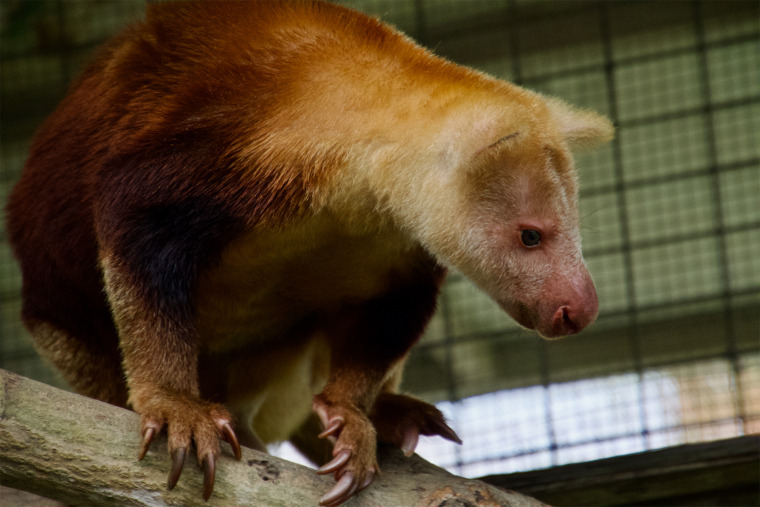
A staggering number of plants and animals live in Papua New Guinea’s Torricelli Mountains.

Researchers discovered that sea turtle nests in Malaysia have microplastics in them. This could increase the temperature in the nest, possibly changing the sex of the hatchlings.
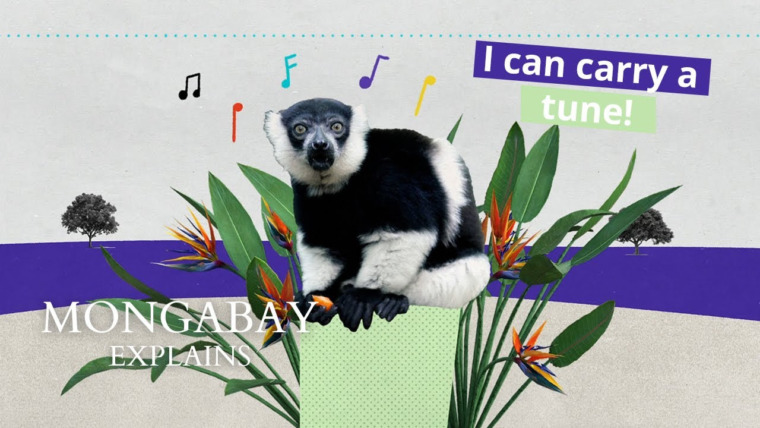
Scientists have found that indri songs exhibit rhythmic patterns that are common in human music.
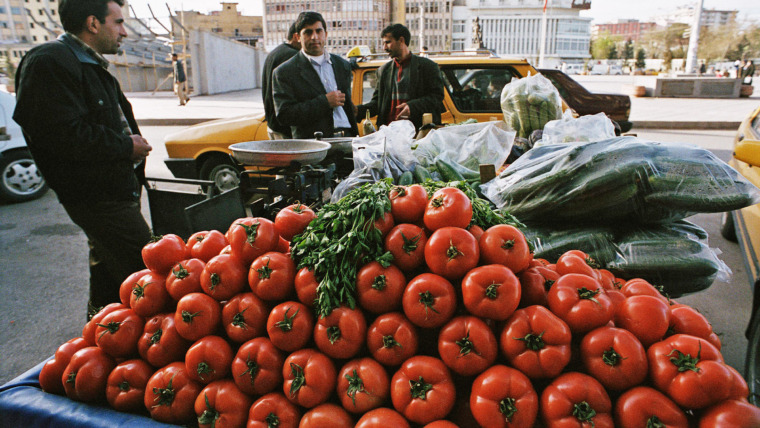
Bangladesh first banned plastic bags in 2002, but the country still uses a lot of plastic. Plastic bag alternatives are being developed, but they are currently more expensive.
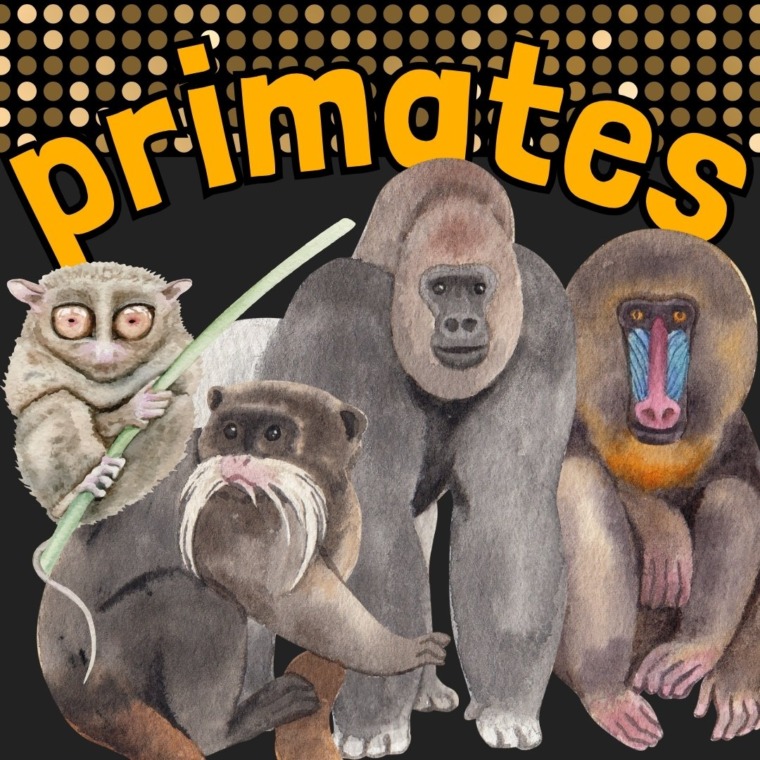
Can you solve these puzzles about primates?
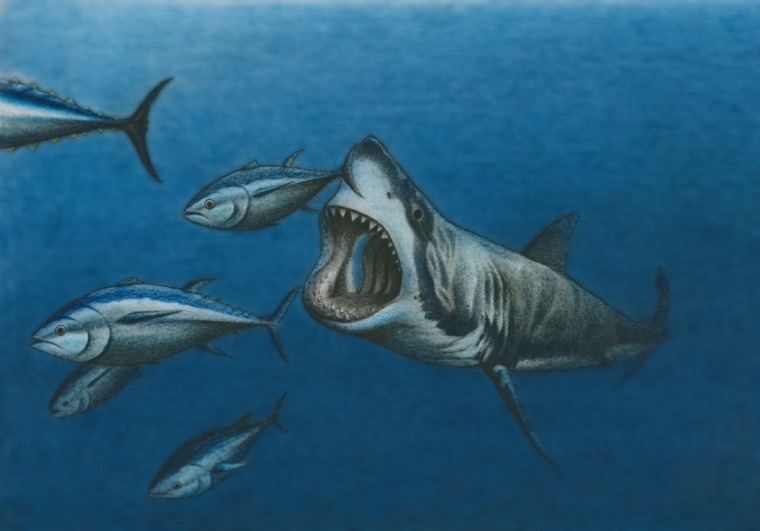
Get to know wild tuna …
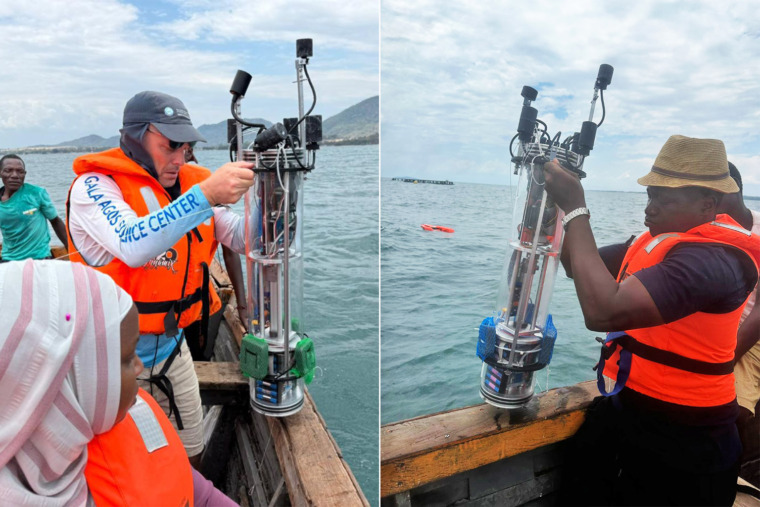
Scientists created a robot that could help fishers find fish more efficiently, and they tested the robot out on a lake in Malawi.
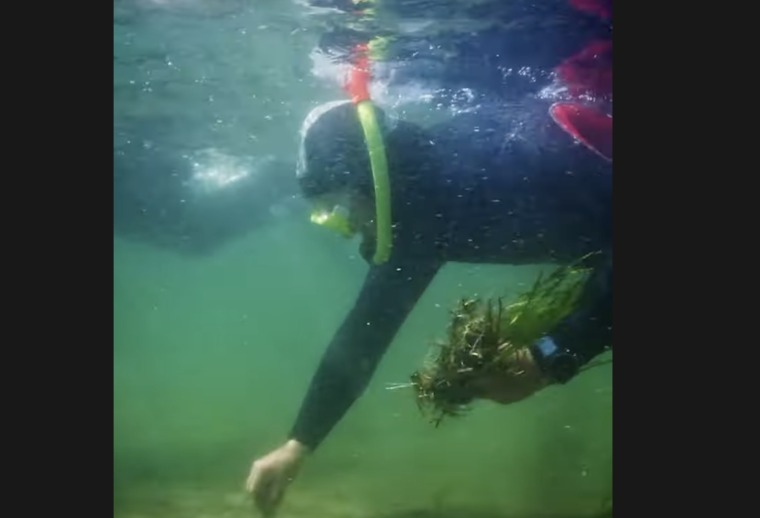
Community group Seawilding has reintroduced 350,000 oysters and helped seagrass take root.
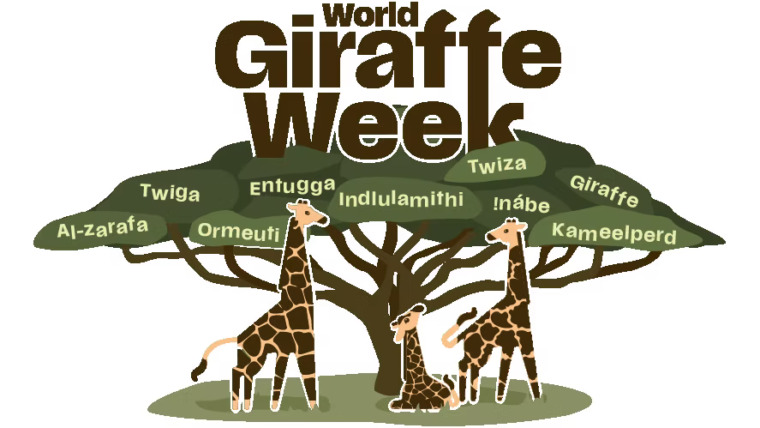
It is that time of year when we throw a special party for the world’s tallest animal. This year’s theme is giraffes and trees!
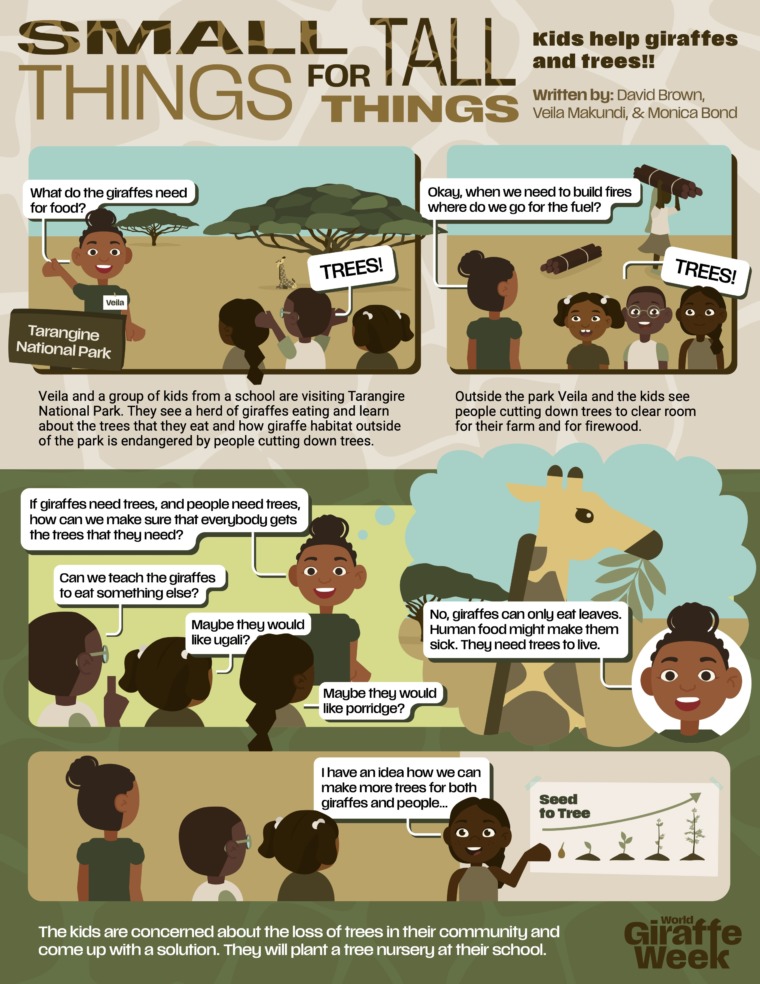
A comic about how kids in Tanzania are helping giraffes by growing and planting trees.

This poem explains the interesting relationship between giraffes and their food source.